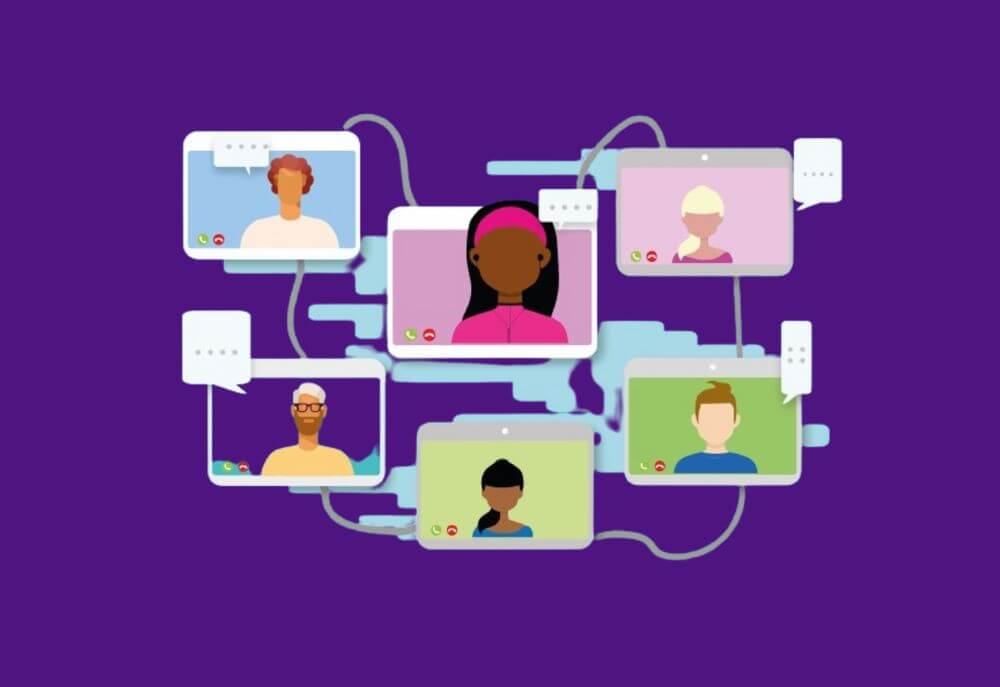Discovery meetings are a critical component of establishing a strong foundation with new clients. Whether you’re a financial advisor, sales professional, or part of a broader sales team, mastering the art of the discovery meeting can set the stage for a productive and long-term relationship with your clients.
This article explores the essential elements of a discovery meeting, including best practices, key questions, and how to overcome potential challenges.
Understanding the Discovery Meeting
A discovery meeting is the first significant interaction between you and a potential client. It serves as a two-way street: while you gather essential information about the client’s needs, goals, and pain points, the client evaluates whether your services align with their expectations. The success of this meeting can determine the trajectory of your relationship, making it crucial to approach it with preparation and intention.
In many ways, the discovery meeting acts as the foundation of the entire sales discovery process. It’s an opportunity to dig deep into the client’s current situation, understand their challenges, and identify opportunities where your services or products can add value.
However, it’s not just about asking questions; it’s about listening actively and building trust from the outset.
Preparing for the Discovery Meeting
Preparation is key to conducting a successful discovery meeting. Before the meeting, it’s essential to have a clear understanding of the potential client’s industry, market position, and any challenges they might be facing. A well-prepared salesperson or financial advisor can demonstrate their expertise and build trust with the client, setting the tone for a productive conversation.
One valuable tool in your preparation toolkit is the onboarding checklist. This checklist ensures that you have all the necessary information and materials ready before the meeting. It might include reviewing the client’s background, preparing a prospect questionnaire, and having a clear agenda for the discovery session.
A prospect questionnaire is particularly useful as it allows you to gather preliminary information about the client’s needs and preferences. By having this information upfront, you can tailor your questions and discussion points to address the client’s specific situation, making the discovery meeting more effective and focused.
Conducting the Discovery Meeting
During the discovery meeting, the focus should be on asking the right discovery meeting questions and actively listening to the client’s responses. The goal is to uncover the client’s pain points, goals, and any potential objections they might have.
Some of the key discovery meeting questions to consider include:
- What are your current challenges?
- What goals are you hoping to achieve in the next 6-12 months?
- What has worked well for you in the past, and where have you faced difficulties?
- What criteria will you use to evaluate potential solutions?
These questions help you gain a deeper understanding of the client’s needs and position you as a trusted advisor rather than just a salesperson.
Active listening is crucial during this phase. It’s not enough to ask the questions; you must also pay close attention to the client’s answers, picking up on any nuances or underlying concerns. By doing so, you can tailor your responses and solutions to address their specific needs, demonstrating that you are fully engaged and invested in their success.
Building Trust and Overcoming Challenges
Building trust is a critical component of any successful discovery meeting. Trust is earned when the client feels heard, understood, and confident that you have their best interests at heart. One way to build trust is by being transparent about the process, clearly outlining the next steps, and setting realistic expectations.
However, challenges can arise during discovery meetings. For example, a client might have potential objections or concerns that need to be addressed. It’s important to approach these challenges with empathy and a problem-solving mindset. Instead of dismissing their concerns, acknowledge them and provide thoughtful responses that demonstrate your understanding and willingness to work through any issues.
For financial advisors, building trust is especially crucial, as clients are entrusting them with their financial well-being. By addressing potential objections and challenges head-on, you can alleviate any concerns and pave the way for a successful and long-term relationship.
Best Practices for Productive Discovery Meetings
To ensure your discovery meetings are productive and effective, consider incorporating the following best practices:
- Personalize the Experience: Tailor the meeting to the client’s specific needs and preferences. Use the information gathered from the prospect questionnaire to guide the conversation.
- Focus on Solutions: Instead of simply identifying problems, focus on how your services or products can provide solutions. This approach positions you as a partner in the client’s success.
- Keep the Conversation Client-Centered: Avoid making the meeting all about your services. Instead, keep the focus on the client’s goals, challenges, and how you can help them achieve their objectives.
- Follow Up with Clear Next Steps: After the meeting, provide a summary of the discussion and outline the next steps. This follow-up not only reinforces the key points but also keeps the momentum going.
- Continuous Improvement: Reflect on each discovery meeting and identify areas for improvement. This practice helps you refine your approach and become more effective over time.
The Long Way to Lasting Client Relationships
The discovery meeting is just the beginning of the journey. It’s the first step in building a lasting relationship with your clients, one that is based on mutual trust, understanding, and a shared commitment to achieving their goals.
As you move forward, remember that every interaction with the client is an opportunity to strengthen this relationship. Whether it’s through regular check-ins, providing ongoing support, or simply being available to address any concerns, these small actions can go a long way in solidifying your role as a trusted advisor.
Conclusion
Discovery meetings are a vital part of the sales process, especially for financial advisors and sales teams working with new clients or prospective clients. By preparing thoroughly, asking the right questions, and actively listening to your clients, you can conduct productive discovery meetings that lay the groundwork for successful and long-term relationships.
The key is to approach each meeting with empathy, curiosity, and a genuine desire to help the client succeed. By doing so, you can build trust, overcome challenges, and position yourself as a valuable partner in your client’s journey.
As you continue to refine your discovery meeting process, remember that the goal is not just to close a sale, but to build a relationship that will stand the test of time.
Whether you’re working with potential customers or existing clients, the discovery meeting is your chance to set the stage for a successful and mutually beneficial partnership.



